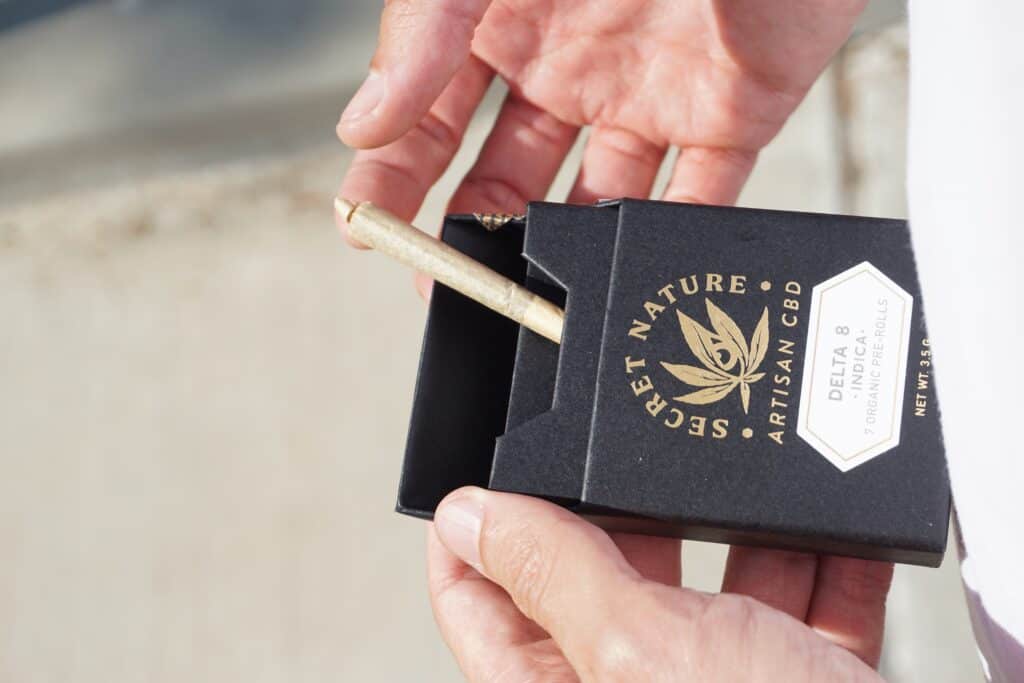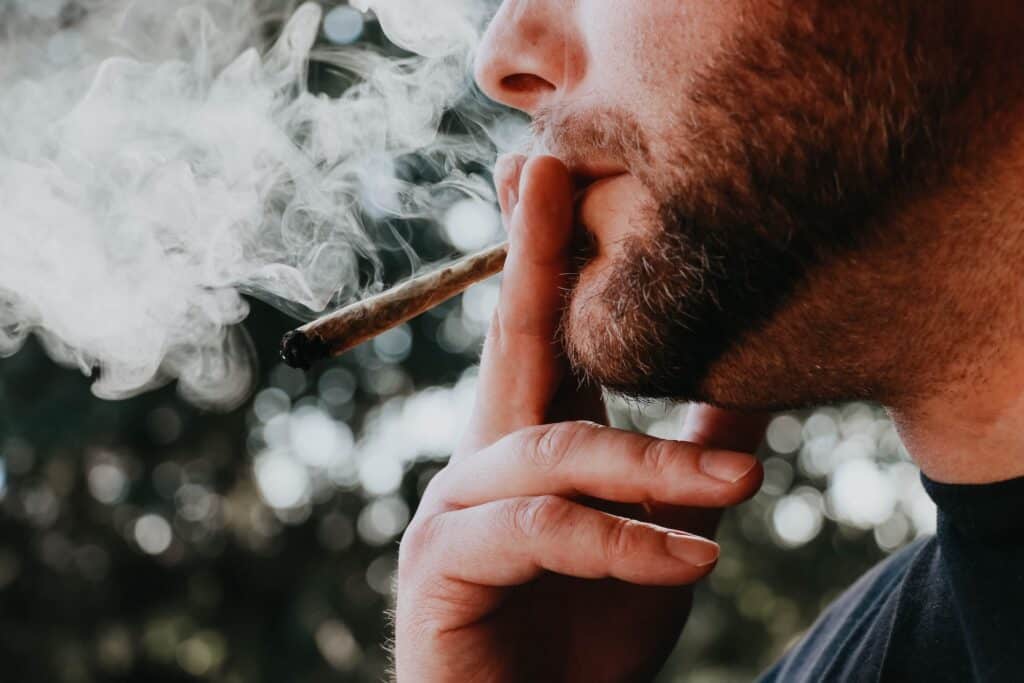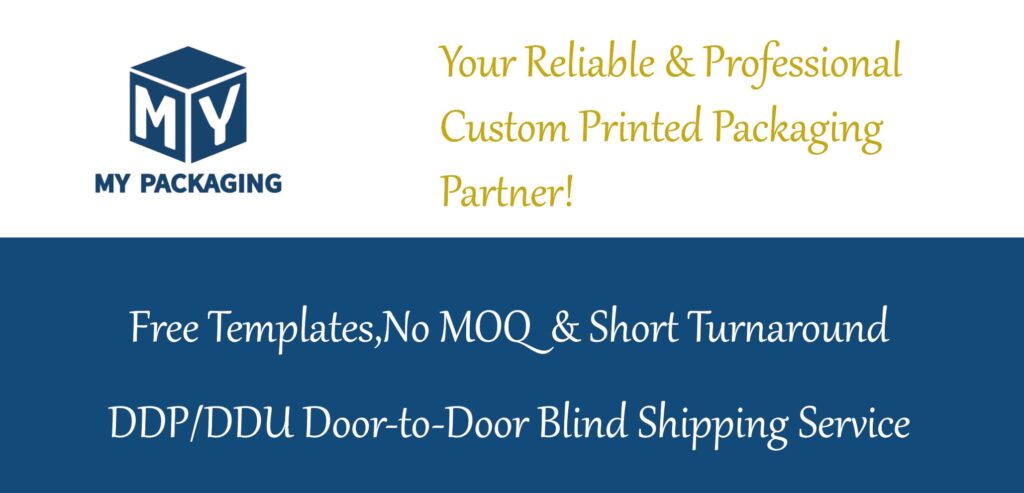If you are a cannabis pre-roll producer just launching your business, you probably already understand the importance of packaging in the cannabis industry. Whether you will be choosing generic packaging options for your pre-rolls or working with a custom pre-roll packaging manufacturer, this article explains the process involved in designing and producing effective cannabis pre-roll packaging.

1. Research
This is the first step involved in designing and manufacturing effective cannabis pre-roll packaging is research. It is the stage where the packaging manufacturer gathers information about the target market for the pre-roll packaging and studies the other packaging in the market to keep up with trending designs.
It also involves reviewing all necessary packaging regulations to ensure the packaging produced will be compliant with them. To help you understand the process better, here are the steps explained in detail below.
- Identifying the target market: It is essential to identify the potential customers who will be consuming the pre-rolls that the packaging will contain. Some information that can help identify the target market may include demographics, needs, and preferences.
- Researching the competition: Given the tight competition in the pre-roll market, it is essential to analyze other types of packaging. This helps with staying updated on what is already available. Doing this provides insights into how the new packaging should look and how to manufacture it to differentiate it from others.
- Gathering customer insights: This may involve conducting surveys to gather and assess feedback from the customers of competing for pre-roll brands to know what they like and dislike about the packaging of their pre-rolls. This will give insights into features to incorporate in the new packaging to make it more attractive.
- Analyzing regulations: This involves researching and getting acquainted with all the consumer and child safety regulations the packaging must comply with. These regulations usually include requirements for the packaging closure, label, and any other regulatory standards. One such regulation is the Poison Prevention Packaging Act (PPPA).
2. Concept Development
This stage involves establishing the design and production requirements for the packaging. It features a brainstorming session with a team of product designers, engineers, and other relevant stakeholders.
Together, they come up with as many ideas as possible on how the packaging should be designed and produced. This may include brainstorming ideas for the design, size, and shape of the packaging, as well as suitable materials to manufacture it and any additional features such as tamper-evident seals or child-resistant closures.
3. Prototyping

A prototype or sample of the packaging design is made based on the concepts developed in the concept development stage to test its functionality and aesthetics before mass-producing it. The prototype is created with various tools and techniques using the materials selected in the concept development stage.
One trending technique product designers use to create prototypes is 3D printing. It is a technology that allows product designers to create a physical model of packaging design to test and refine the design of their packaging faster in a micro-controlled environment.
The packaging prototype is made as close as possible to the final product. This includes all the decided features to be added to the packaging, such as tamper-evident seals or child-resistant closures. This ensures that when the prototype is tested, all the necessary packaging and its added features will function as they should.
4. Prototype Testing
This stage is crucial and involves comprehensive testing of the prototype to ensure that the packaging meets the design specifications and functions as it should. Specific activities involved in the prototype testing stage include identifying the testing goals and developing a testing plan. Next is conducting the tests and analyzing the results.
Some tests the packaging prototype undergoes include:
- Quality control testing: This includes tests to evaluate the packaging for strength and durability to ensure that the packaging meets the desired standards for quality and performance.
- Compliance testing: This includes tests to evaluate the packaging for compliance with all packaging regulations. These include closure tests to ensure that the packaging meets all consumer safety and child-resistant regulatory standards.
- Consumer testing: This involves inviting pre-roll consumers or focus groups to test the packaging prototype. The feedback gathered from the test is then used to evaluate the packaging’s functionality, performance, and appeal.
- Environmental testing: This includes conducting recyclability and reusability tests to evaluate the packaging’s environmental impact. Doing this ensures that the packaging is sustainable and environmentally friendly.
5. Refining and Retesting

Once the test results are out, they are analyzed to gain insights about any issues with the prototype that need correction before the packaging is mass-produced. Based on these insights, the prototype can be refined and further developed to include all the necessary improvements.
The refined prototype undergoes testing to ensure that the improvements are functional and that they have resulted in a better product that meets the desired requirements and functions as it should. If not, the process may be repeated multiple times as needed until the intended results are achieved.
6. Production
The stage is the final step of the process and involves the actual production. Some specific activities involved in this stage include:
- Sourcing materials: This involves sourcing the materials that have been selected and tested as suitable to produce the packaging. It also includes negotiating prices and delivery schedules with suppliers.
- Setting up the production line: This involves setting up the equipment and workstations needed to manufacture the packaging. This is especially essential for some packaging that requires specific production lines.
- Manufacturing the packaging: This involves various activities required to mass produce the packaging using the sourced materials and adding extra features such as handles, closures, or labels. The manufacturing process will depend on the packaging materials, packaging design, and equipment available.
- Quality control: This process is essential to ensure that the packaging is being produced to the desired specifications. It may involve conducting inspections at strategic points in the production process to catch any issues early on.
- Packaging and shipping: The packaging must have passed the quality control stage in this stage and is ready for use in packaging pre-rolls. The packaging is prepared to be shipped to the pre-roll producer.
7. Continuous Research and Improvements
As with all products, the process involved in producing effective cannabis pre-roll packaging is an ongoing process that requires continuous evaluations and improvements to the packaging. This is essential to ensure the packaging meets changing market needs and trends.
Producing Effective Cannabis Pre-roll Packaging is Easy

We hope you now understand the carefully planned and executed processes involved in producing packaging for cannabis pre-rolls. By considering the needs and preferences of your consumers and the challenges of packaging your pre-rolls, you can choose the packaging that best helps to preserve their quality and increase your market competitiveness.


